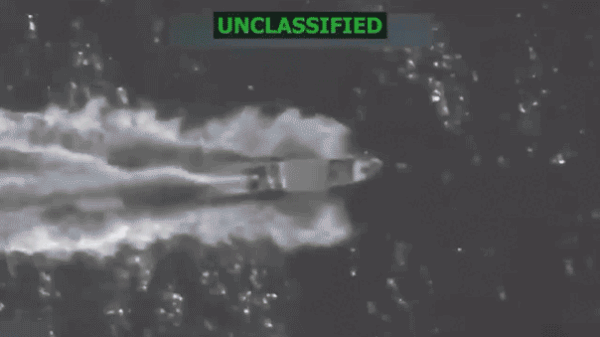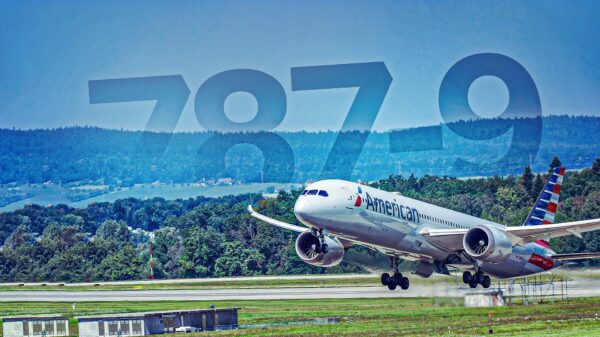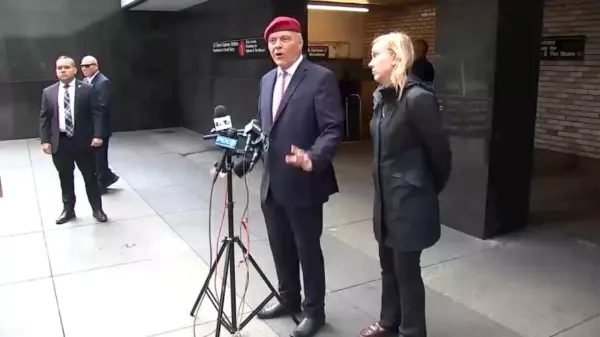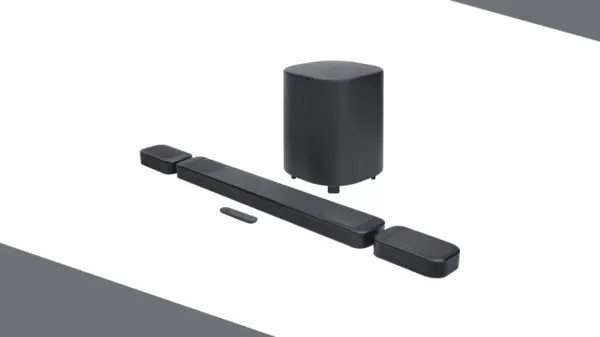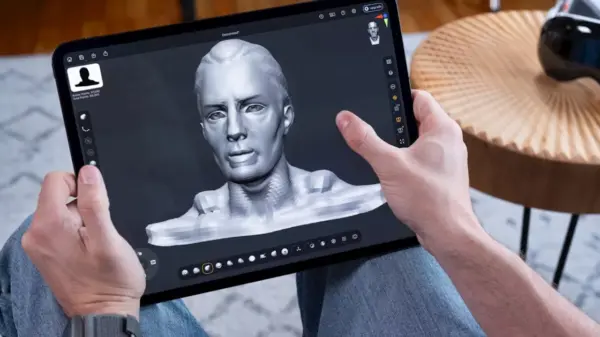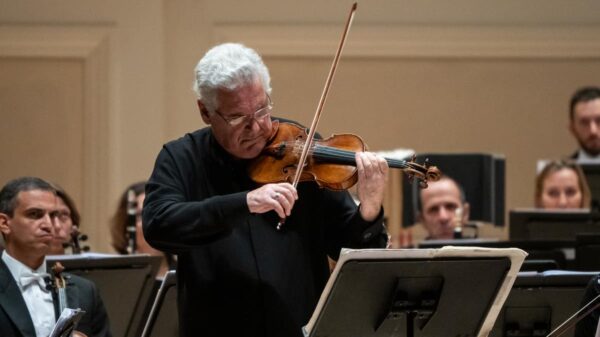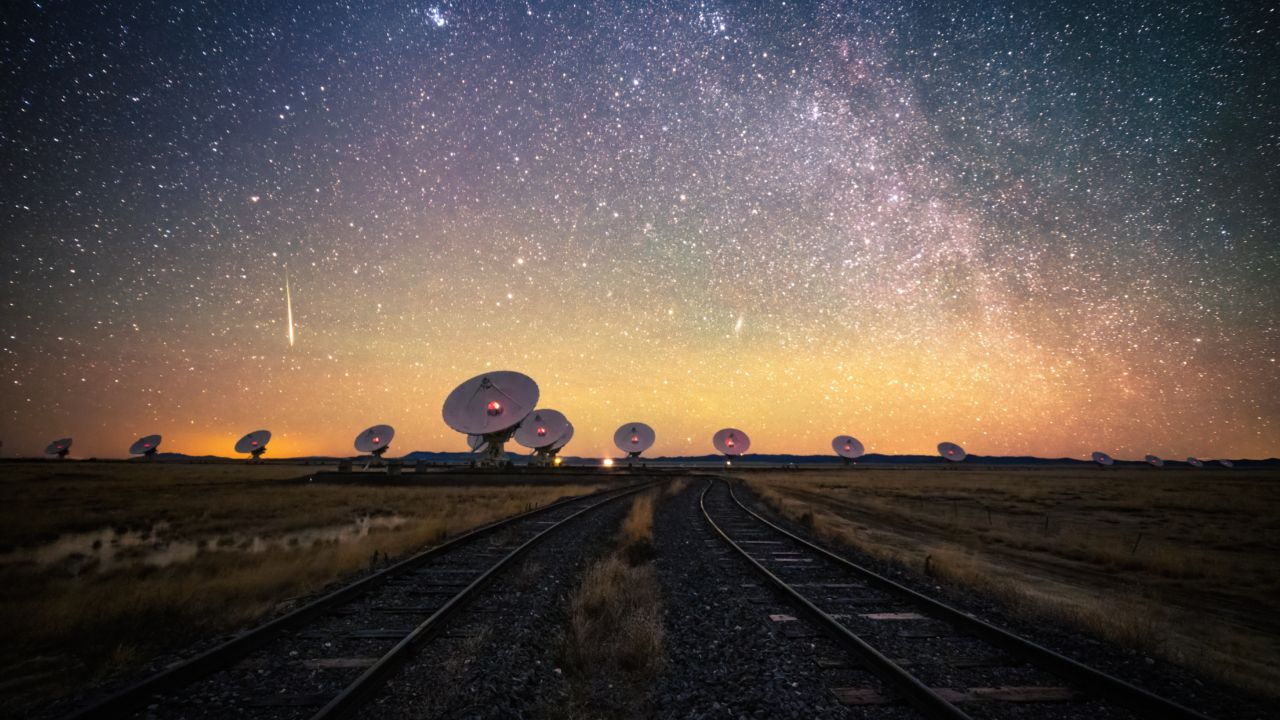SpaceX has partnered with a group of American radio astronomers to develop a **data-sharing system** aimed at protecting radio telescopes worldwide from interference caused by satellites in low Earth orbit (LEO). This initiative addresses the growing concern that satellite constellations, such as SpaceX’s Starlink, may disrupt critical astronomical observations.
The problem arises as large satellite networks provide high-speed internet access to remote areas. However, these satellites can create streaks in optical telescope images and interfere with radio telescopes, which are designed to detect faint radio waves from celestial bodies like **black holes** and **neutron stars**. Researchers working on the **Square Kilometre Array Observatory (SKAO)** in Australia and South Africa have highlighted that radio interference from LEO satellites could obscure signals related to potential extraterrestrial life and obscure radiation from distant galaxies.
To combat this issue, a team from the **U.S. National Radio Astronomy Observatory (NRAO)** has spent three years collaborating with SpaceX. They have developed a sophisticated **automated data-sharing system** that communicates real-time telescope observation schedules to the Starlink network. This includes details about the frequencies astronomers plan to observe. When Starlink satellites approach a telescope, the system instructs them to either redirect their beams or adjust their electronics to minimize interference.
Chris De Pree, deputy spectrum manager at the NRAO, explained to Space.com, “The good news is that it’s autonomous on both sides. We are sending information in real time to SpaceX about what the telescope is doing, their system digests it and issues commands to the satellites that are approaching the telescope.”
The collaborative effort consists of two major components: the **Operational Data Sharing (ODS)** system, which transmits observing schedules to Starlink, and the **Starlink Telescope Boresight Avoidance algorithm**, which directs the satellites to adjust their beams accordingly. This system has been successfully tested at the **Very Large Array (VLA)** in New Mexico since August 2024 and will soon expand to other facilities, including the **Very Long Baseline Array** and the **Green Bank Telescope** in West Virginia.
The VLA, established in the 1970s, comprises 28 radio antennas each measuring 82 feet (25 meters) in diameter. It has significantly contributed to the understanding of black holes, young stars, and the dynamics of the **Milky Way galaxy**. After the initial deployment of Starlink satellites in 2019, astronomers quickly recognized the potential for satellite megaconstellations to hinder future research capabilities.
De Pree noted the historical efforts radio astronomers have made to build telescopes in remote areas to avoid radio frequency interference. “For decades, radio astronomers have been building telescopes at remote sites to avoid radio frequency interference… But with satellite constellations, there are now potentially thousands of sources of radio frequency interference directly above the telescopes,” he said.
Cosmic radio waves, which travel across millions of light-years, are considerably weaker than the radio signals used for terrestrial communications such as television broadcasting and mobile networks. As a result, sensitive radio telescopes are typically situated within radio-quiet zones, where broadcasting and wireless communication devices are prohibited. Unfortunately, satellites are not restricted from flying over these areas. De Pree remarked, “Nowhere is remote anymore.”
The situation is expected to worsen in the coming years. In 2019, approximately **3,000 satellites** were in orbit when SpaceX initiated the Starlink constellation. That number has surged to over **8,000 operational satellites**, contributing to a total of more than **15,000 satellites** currently orbiting the Earth. SpaceX’s plans include expanding the Starlink fleet to more than **40,000 satellites** over the next decade. Other companies, such as **Amazon**’s Project Kuiper and Chinese initiatives like **Spacesail** and **Guowang**, are also launching their satellite networks. By 2030, it is projected that up to **100,000 satellites** could be orbiting the planet, potentially overwhelming radio astronomy observations.
Recognizing the implications of this growing satellite presence, the NRAO team reached out to SpaceX in 2021 to discuss solutions. De Pree highlighted the vulnerability of radio telescope electronics, which were not designed to handle the strong signals emitted by satellites. He likened the interference to someone yelling, stating that the noise affects not just the frequencies being transmitted but also a broader spectrum range.
In the 1950s, the **International Telecommunication Union** reserved specific portions of the radio spectrum for radio astronomy, banning other users from transmitting signals within these bands. Nevertheless, satellite operators have increasingly encroached upon these protected areas. De Pree pointed out that astronomical objects emit radiation across various spectrum regions, meaning radio astronomers often seek signals beyond the reserved wavelengths.
“The challenge to radio astronomy is that a lot of these spectrum regions that used to be pretty quiet in the past are now being filled with transmissions,” he explained. “So, as we start to lose more and more of those little chunks, the time that we need to complete our observations goes up.”
Looking ahead, De Pree envisions the new system being adaptable for major radio telescopes worldwide, enabling astronomers to continue their vital research in the future. He hopes this technology will not only benefit other observatories but also encourage other satellite operators to adopt similar measures, allowing for a peaceful coexistence between radio astronomy and satellite internet services.





